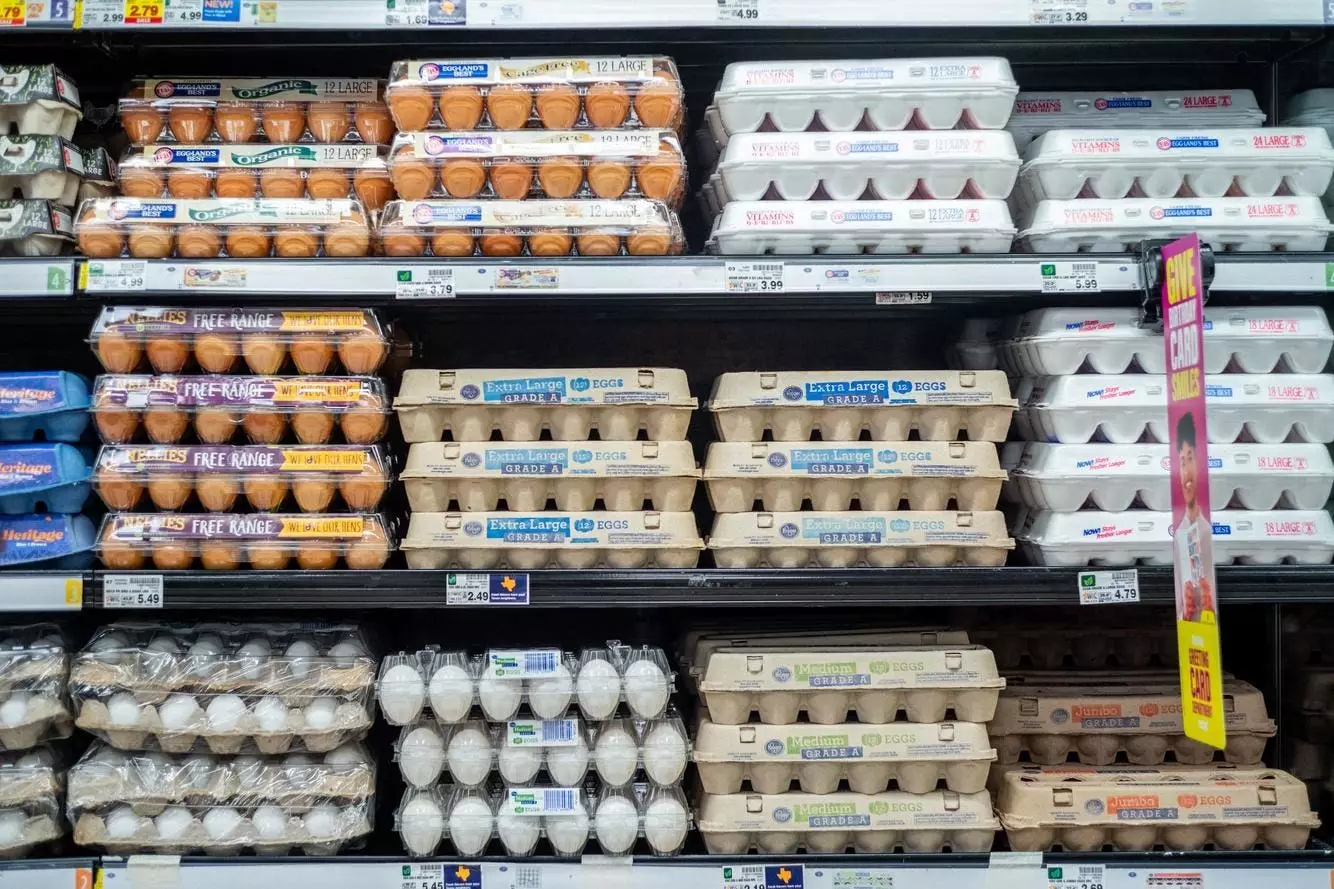The festive season is marked by comfort, joy, and an abundance of food. As families gather to celebrate, the aftermath often leaves behind mountains of leftovers, enticing us to indulge one more time. However, amid the joy of the season, concerns over food safety can cast a shadow. With recent recalls affecting beloved holiday staples, it’s crucial to adopt a vigilant approach when it comes to enjoying those leftover treats. This article delves into notable food safety concerns and offers essential guidance for safeguarding your health as you savor those festive remnants.
The unfortunate reality is that holiday meals can sometimes harbor unseen dangers. For example, several food products have been recalled in recent weeks due to health risks. Take, for instance, Costco’s Handsome Brook Farms Organic Eggs, which were pulled from stores due to potential salmonella contamination. Eggs are a common ingredient in many holiday dishes, from rich custards to fluffy brunches, and any uncertainty regarding their safety poses a genuine risk to families.
Furthermore, consider the case of Lay’s Classic Potato Chips in the Pacific Northwest. These seemingly innocuous snacks were recalled because they contained undeclared milk allergens, presenting a serious health hazard for individuals with dairy allergies. These examples underscore the necessity of being mindful of even the most trivial foods during the holiday period.
For seafood enthusiasts, holiday gatherings might include delicacies like oysters and Manila clams. However, consumers of shellfish harvested from Washington’s Pickering Passage were warned about contamination due to a norovirus outbreak. This virus can lead to severe gastrointestinal illness, particularly when consuming raw or undercooked seafood. As people gear up for their holiday feasts, the importance of checking the safety of seafood can’t be overstated.
Additionally, the convenience of frozen pizzas and vegetables can make meal preparation during the holidays a breeze. Unfortunately, items like Connie’s Thin Crust Cheese Pizza were recalled over concerns about plastic contamination, which could pose choking hazards or other health risks if consumed.
With food recalls being a troubling trend, it becomes essential to cultivate awareness around food safety. Products like Lidl’s Taste of Deutschland frozen buttered vegetables were flagged for undeclared milk allergens, another reminder of how even common side dishes could potentially jeopardize dietary requirements. Consumers should also be wary of raw meats, such as Impero’s Raw Italian Pork Sausage, which were distributed without the proper federal inspection.
Implementing a proactive approach to food safety can go a long way in ensuring a pleasant experience during and after the holiday season.
Practical Steps for Safe Leftover Management
1. **Stay Informed on Recalls**: Utilizing resources from the USDA or FDA can keep you updated on the latest food recalls. Subscribing to alerts or newsletters may provide timely notifications that can aid in making informed decisions about the food in your kitchen.
2. **Examine Food Packages**: It’s prudent to check for any packaging inconsistencies against recall notices. Keeping an eye on expiration dates, product codes, and batch numbers can help identify potentially problematic items.
3. **Store and Reheat Leftovers Properly**: Leftovers should be refrigerated within two hours of serving and consumed within three to four days. When reheating, ensure that foods reach an internal temperature of at least 165°F to effectively eliminate harmful bacteria.
4. **Communicate with Guests**: If you’re hosting family or friends, make sure to inform them of any food recalls that might relate to your menu. Transparency can help everyone enjoy the meal with peace of mind.
5. **Recognize Symptoms of Foodborne Illness**: Being aware of symptoms such as nausea, diarrhea, or fever is essential. If such symptoms arise after consuming a recalled product, seeking medical attention promptly is critical.
Holiday leftovers can provide comfort and joy, but they can also hide dangers that could undermine those festivities. By staying informed and adopting a cautious approach, families can safely navigate the indulgent remnants of their celebrations, ensuring that the afterglow of the holidays remains bright and healthy.

